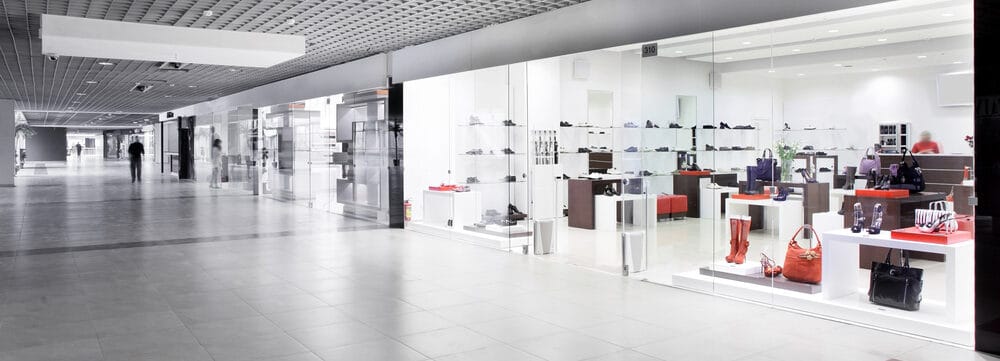Blog
Turning to Empty Spaces for Healthcare Facilities

Due to the closures of a lot of retail stores, there has been an increase in empty spaces. Healthcare facilities have been using these empty spaces to create easier access to healthcare. To read the full article click here, below are the highlights.
Building Structure
Retail spaces usually have taller floor-to-floor heights than most medical office buildings (MOBs). For example, a two-story former department store featured 20-foot floor-to-floor heights. This is 5 to 6 feet higher than typical MOBs. The extra space allowed the project team to add above-ceiling infrastructures. Some of the above-ceiling infrastructures you would see are electrical conduits, ducts, mechanical and domestic water piping, etc. However, some complications emerged as construction progressed. Items requiring regular maintenance, such as above-ceiling variable air volume boxes, need to be placed low enough to be accessed via a ladder. Unfortunately, the building’s existing ceiling heights made it difficult to access these items.
Lowering the ceiling height throughout the building wasn’t a cost-effective design solution, so instead, the team decided to lower the ceiling height only in areas that housed systems that would require more maintenance and frequent access. Additionally, because tall ceilings amplify ambient noise, sound batt insulation and white noise systems were included in the design to offer some relief. (Source)
Working with Existing Footprint
Most big retail stores have a square layout design. Square footprints also can make it difficult to place vertical components, like elevators, within public spaces. To maximize space along exterior walls with natural lighting, square layouts often result in centrally located public areas when renovating multitenant configurations. (Source)
Lighting
In retail stores, windows are very limited if they are found in the building at all. This is due to the company wanting to maximize the shelving space that they have. So, when changing it to a healthcare facility they need to be aware of that and make room for more windows to let in natural light. Natural light and being able to see the outside world help relieve patient stress and improve outcomes.
There are things to consider when looking at the spaces becoming available. You need to understand the costs and constraints involved in converting former big-box structures into viable healthcare facilities. That effort will put the healthcare industry in a position to fill the void for additional and convenient care options for patients and communities. (Source)
To read more articles like this, read A Community Hospital That Truly Heals, Bold, Energetic Design At New Freestanding Clinic, and The Importance of Hometown Healthcare.
Marie Wikoff is the creator of Wikoff Design Studio based out of Reno, Nevada. Her expertise in healthcare design has helped modernize healthcare organizations locally, regionally, and internationally, improving patient experience and outcomes. Her credentials include Evidence-Based Design Accreditation and Certification (EDAC), American Academy of Healthcare Interior Designer (CHID), the National Council of Interior Design Qualification (NCIDQ) and LEED AP. Contact Marie Wikoff
Source: Jeffers, Aaron. “Turning to Empty Retail Spaces to Fill Healthcare Demand – HCD Magazine.” HCD Magazine – Architecture & Interior Design Trends for Healthcare Facilities, 26 Apr. 2022, https://healthcaredesignmagazine.com/trends/perspectives/turning-to-empty-retail-spaces-to-fill-healthcare-demand/.







